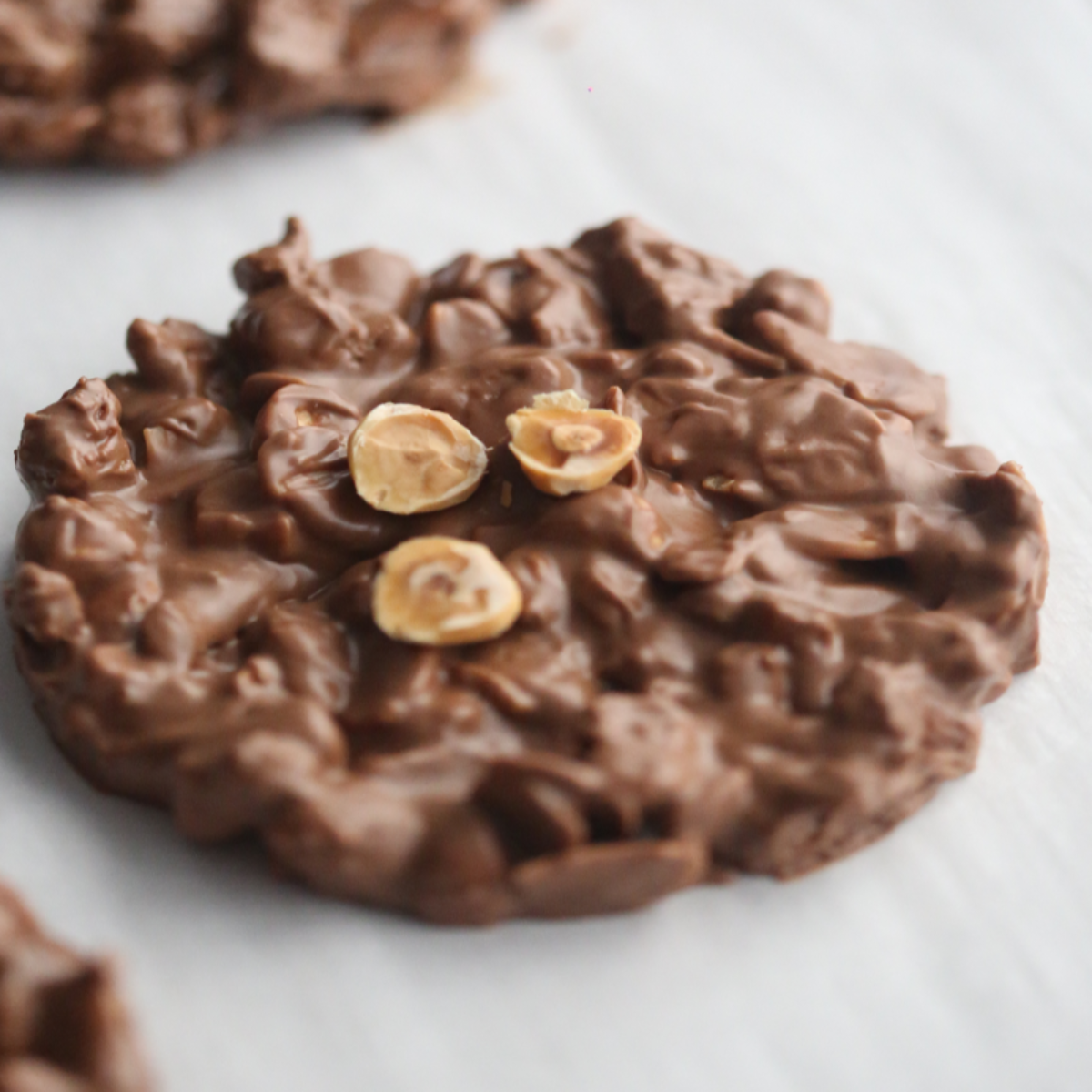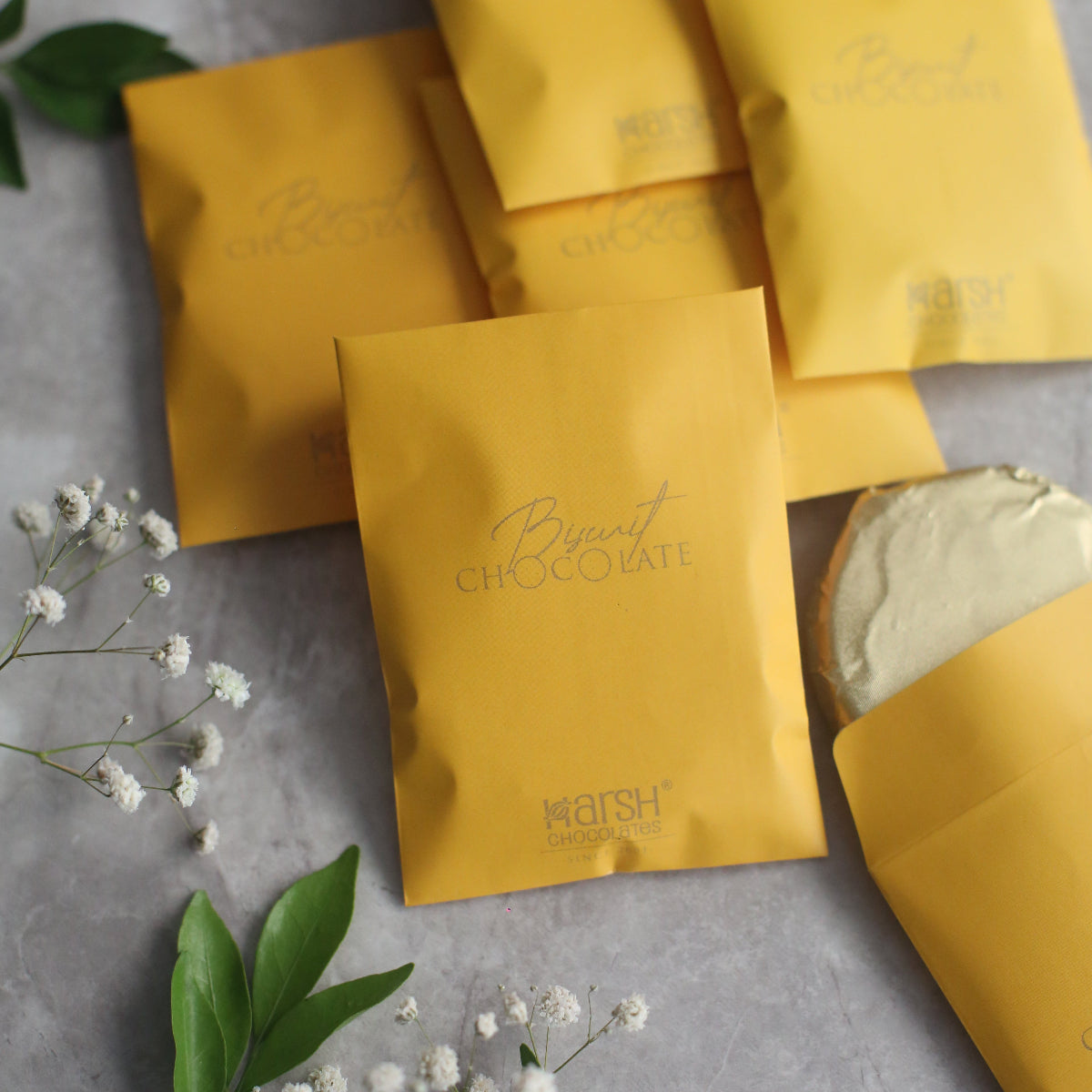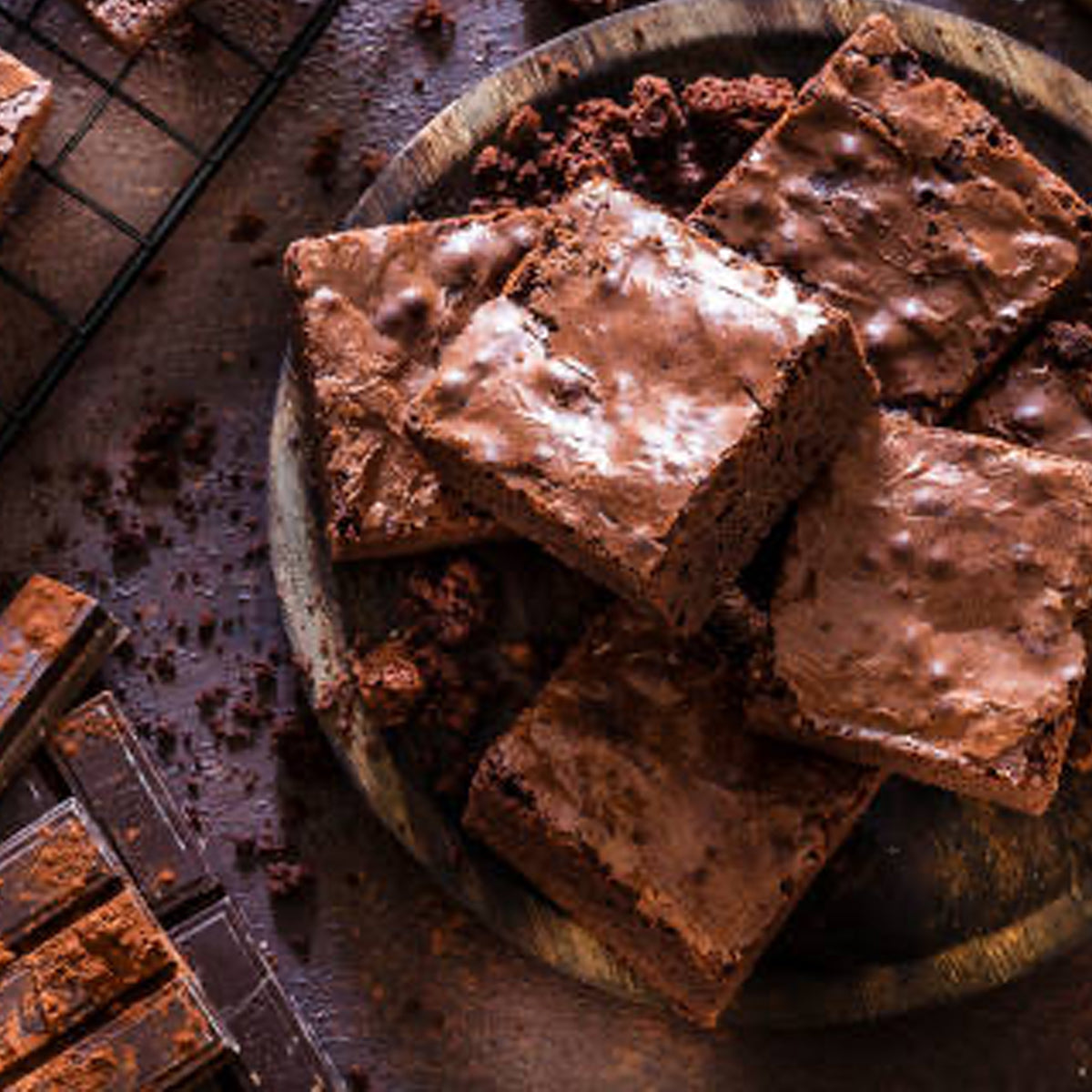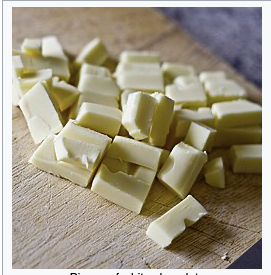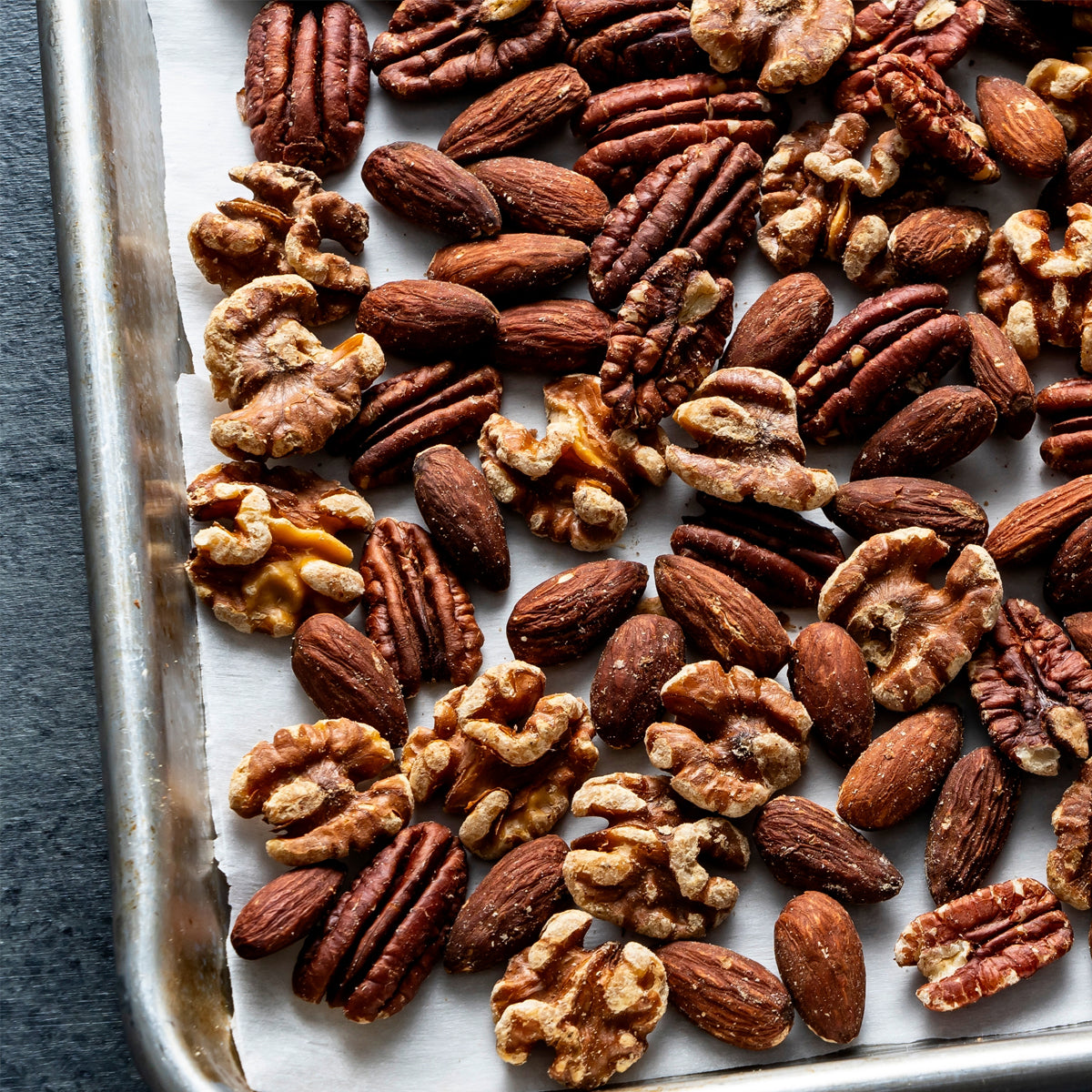Cocoa vs. Cacao: What’s the Difference?
The terms cocoa and cacao are often used interchangeably, but they’re not quite the same.
-
Cacao refers to the raw plant—the tree, its pods, and the beans inside. These trees thrive near the equator in regions like South America, Africa, and Southeast Asia.
:max_bytes(150000):strip_icc()/__opt__aboutcom__coeus__resources__content_migration__serious_eats__seriouseats.com__images__2014__07__dr-cacao-may-2013-1-liz-clayton-3d173c9f553b4e2a9b4d37f1f347c380.jpg)
-
Cocoa is what we get after the beans are fermented, dried, and processed. This includes cocoa powder, cocoa butter, and chocolate liquor—all the ingredients that make up the chocolate we know and love.
What’s in Your Chocolate Bar?
No matter if it’s a luxury craft chocolate bar or a mass-produced one, all chocolate is made from a few key ingredients:
-
Chocolate Liquor: Despite the name, this has no alcohol. It’s a paste made from ground cacao beans, forming the base of all chocolate.
-
Cocoa Solids: These are the particles responsible for chocolate’s deep, complex flavor.
-
Cocoa Butter: The fat in chocolate, giving it its smooth texture and signature snap.
-
Sugar: Without it, chocolate would be overwhelmingly bitter.
-
Milk Solids: Found in milk and white chocolate, adding creaminess and sweetness.
-
Flavorings: Ingredients like vanilla, salt, or spices enhance chocolate’s taste.
-
Lecithin: An emulsifier that makes melted chocolate flow smoothly, perfect for dipping and glazing.
Types of Cacao Beans
Just like coffee beans, cacao beans come in different varieties, each with its own flavor profile:
-
Forastero: The most common variety, making up about 70% of the world’s chocolate. Grown mainly in West Africa, it’s bold and earthy but needs extra fermentation to reduce bitterness.
-
Criollo: A rare and prized bean with fruity, floral notes and mild bitterness. Due to its delicate nature, it makes up only 10% of global chocolate production.
-
Trinitario: A hybrid of Criollo and Forastero, combining rich flavor with resilience.
Even within these categories, cacao’s taste changes based on where it’s grown—similar to how wine grapes vary by region.
Understanding Chocolate Percentages
Ever wondered what that percentage on a chocolate bar means? It tells you how much of the bar comes from cacao (including cocoa solids and cocoa butter).
However, the percentage alone doesn’t determine how dark or intense the chocolate will be. A 75% bar could have different ratios of chocolate liquor and cocoa butter, creating unique textures and flavors. Higher percentages generally mean less sugar, but not necessarily a stronger chocolate taste.
:max_bytes(150000):strip_icc()/__opt__aboutcom__coeus__resources__content_migration__serious_eats__seriouseats.com__images__2014__07__20140729-baking-chocolate-vicky-wasik-2-3c9876d753304794947142896da8442d.jpg)
Why Tempering Matters
Tempering is the process of heating and cooling chocolate to create the ideal crystal structure in cocoa butter. Properly tempered chocolate is glossy, has a crisp snap, and melts smoothly in your mouth.
Without tempering, melted chocolate can look dull or develop a chalky white coating known as fat bloom. While it’s still safe to eat, it won’t have the best texture.
:max_bytes(150000):strip_icc()/__opt__aboutcom__coeus__resources__content_migration__serious_eats__seriouseats.com__images__2014__07__neuhauschocolate_vickywasik_006-99f4eac1c2c041c9b879ee30602e5a0f.jpg)
How Chocolate Affects Your Bakes
Chocolate does more than add flavor—it influences structure, texture, and moisture levels in baked goods:
-
Adds Structure: Chocolate (especially cocoa powder) absorbs moisture, so it can replace some flour in recipes.
-
Enhances Texture: The cocoa butter in chocolate makes mousses and frostings extra creamy.
-
Controls Moisture: Cocoa powder soaks up liquid, so recipes using it may need less flour to balance the texture.
:max_bytes(150000):strip_icc()/__opt__aboutcom__coeus__resources__content_migration__serious_eats__seriouseats.com__images__2014__07__07092014-cocoapowder-batter-marissa-sertich-velie-01f58142e0604c0ca893bc5ad9f8a0e2.jpg)
Common Chocolate Problems: Blooming
Ever found a bar of chocolate with a gray, streaky surface? That’s bloom, and it comes in two forms:
-
Fat Bloom: Caused by temperature changes, making the cocoa butter separate. This can be fixed by re-tempering the chocolate.
-
Sugar Bloom: Happens when chocolate is exposed to moisture, making sugar crystals rise to the surface. Unlike fat bloom, this is irreversible and will result in a grainy texture.
Storage Tips to Prevent Bloom:
✔ Keep chocolate between 55-65°F (13-18°C) in a dry place.
✔ Avoid refrigeration unless it’s tightly wrapped.
✔ Handle chocolate with dry hands or gloves to prevent moisture transfer.
Types of Chocolate for Baking
Not all chocolate is created equal! Here’s a guide to the most common types used in baking:
-
Bittersweet, Dark, and Semi-Sweet: All must contain at least 35% cacao. The higher the cacao content, the deeper and more intense the flavor.
:max_bytes(150000):strip_icc()/__opt__aboutcom__coeus__resources__content_migration__serious_eats__seriouseats.com__images__2014__07__20140729-baking-chocolate-vicky-wasik-3-073a3df7ba164143beb0dfd02e9d316f.jpg)
-
Milk Chocolate: Contains at least 10% cacao and 12% milk solids, making it creamier and sweeter than dark chocolate.
:max_bytes(150000):strip_icc()/__opt__aboutcom__coeus__resources__content_migration__serious_eats__seriouseats.com__images__2014__07__20140729-baking-chocolate-vicky-wasik-4-d8930066240643b1b7ed4641e8023dd5.jpg)
-
White Chocolate: Made from cocoa butter, sugar, and milk solids, but no cocoa solids. Must contain at least 20% cocoa butter to be legally called “white chocolate.”
:max_bytes(150000):strip_icc()/__opt__aboutcom__coeus__resources__content_migration__serious_eats__seriouseats.com__images__2014__07__20140729-baking-chocolate-vicky-wasik-5-bbbb0a30e99e4d8db51090be1a5d7694.jpg)
-
Unsweetened (100%) Chocolate: Pure chocolate liquor with no added sugar—intensely bitter but essential for baking.
:max_bytes(150000):strip_icc()/__opt__aboutcom__coeus__resources__content_migration__serious_eats__seriouseats.com__images__2014__07__20140729-baking-chocolate-vicky-wasik-1-86a0786a22734386a772ceb406f10798.jpg)
-
Couverture Chocolate: A high-quality chocolate with extra cocoa butter (31-38%), making it ideal for dipping and glazing.
:max_bytes(150000):strip_icc()/__opt__aboutcom__coeus__resources__content_migration__serious_eats__seriouseats.com__images__2014__06__20140613_Chocolate-Dip_making-vicky-wasik-5-b11d2cbf64a24f9984a4097a8226dcb2.jpg)
-
Cocoa Nibs: Roasted cacao bean pieces with a crunchy texture and bold, slightly bitter taste.
:max_bytes(150000):strip_icc()/__opt__aboutcom__coeus__resources__content_migration__serious_eats__seriouseats.com__images__2014__07__20140729-baking-chocolate-vicky-wasik-7-2d0e896ecc534429af9f3f28c902b1f6.jpg)
-
Cocoa Powder: Comes in two types:
-
Natural Cocoa Powder: Has a slightly acidic taste and is best for recipes using baking soda.
-
Dutch-Processed Cocoa Powder: Alkalized to reduce acidity, resulting in a smoother flavor.
:max_bytes(150000):strip_icc()/__opt__aboutcom__coeus__resources__content_migration__serious_eats__seriouseats.com__images__2014__07__20140729-baking-chocolate-vicky-wasik-6-5f6197c5889547b1bfd68c703fc0a08d.jpg)
Final Thoughts
Baking with chocolate is part science, part art. From selecting the right type to understanding how it interacts with your ingredients, a little knowledge goes a long way. Now that you’re equipped with the essentials, it’s time to grab your favorite chocolate and start baking!

